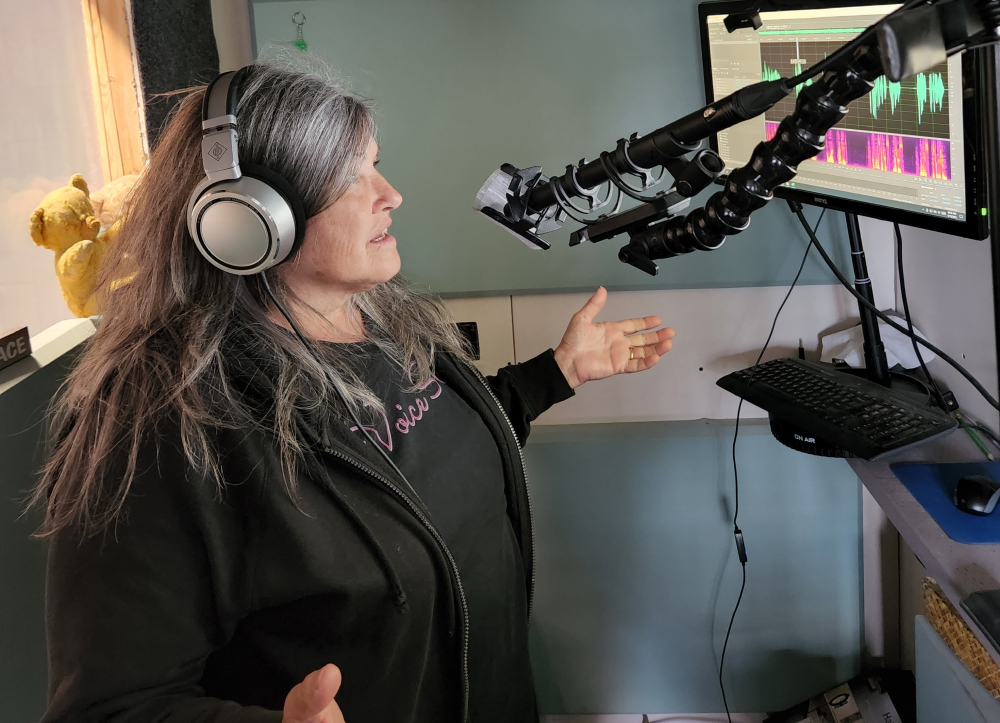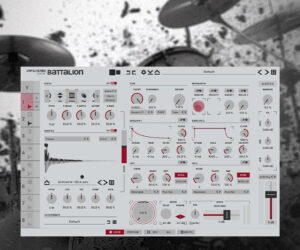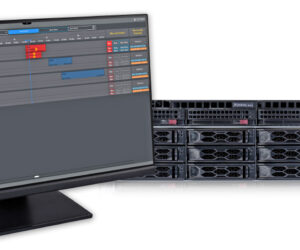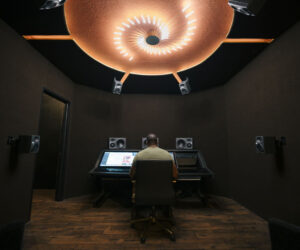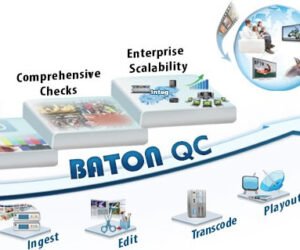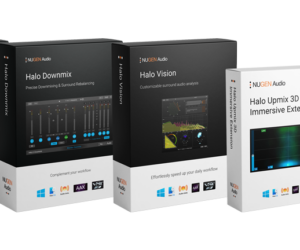A trio of professionals in the competitive world of voice acting, including “Uncle” Roy Yokelson, Cliff Zellman and Bev Standing, all employ Sennheiser and/or Neumann microphones to capture their unique vocal stylings.
Yokelson is an Emmy award-winning sound designer, recording engineer and producer who has been in the voiceover industry for more than 30 years, and has built a list of credits for his work in a wide variety of media. “I’ve sat through good sessions and bad sessions, I’ve learned from the best and worst, and clients really just want good communication,” he says. “Now, I believe that everybody’s home studio needs to be broadcast quality.”
Yokelson’s main focus is on coaching other voiceover artists, as well as producing demos and setting up people’s home studios. “I have many microphones because when I produce a demo, I want every spot to sound unique — so with every script, I will try a few different mics,” he says. In general, he believes that the microphone should make it easier for you to sound like yourself. “The microphone should be able to capture your voice as it actually is, without any fancy outboard gear or effects.”
He counts the Sennheiser MKH 416 shotgun mic among his top choices and says that it can be particularly useful in rooms with less than ideal acoustics: “Since it is supercardioid/lobar, any off-axis sounds will be rejected; this can be useful in preventing unwanted room noise.” In the large-diaphragm microphone category, he points to the Neumann TLM 102: “This is one of my favorite microphones, and I’ve recommended it to many people. It has an extremely natural sound that can work on a wide range of voices.”
Zellman, who produces custom demos for voiceover professionals, says that audio quality counts in this business: “When auditioning, I would say that 51 percent of the deciding factor is on performance but the other 49 percent could be on audio quality,” he says.
Zelman started his career in LA as a rock ‘n’ roll engineer before finally landing in automotive-related voiceover work many years later, says that for aspiring voiceover artists, the key is the delivery: “It is about interpretation, acting, ownership of the copy — reading with confident fluidity from the beginning to the end.”
When choosing the appropriate mic, he says that some considerations may include budget, the recording environment, and what kind of voiceover work is being done: “A Neumann U87 will pick up every detail, while a shotgun microphone like a Sennheiser MKH 416 will pick up a narrower sound source given its super-cardioid/lobar pickup pattern.”
Compared to Yokelson and Zellman, Canada-based Bev Standing is the relative newcomer. She routinely works on commercials that appear on television and online as well as e-learning videos and on-hold messaging. “I didn’t even see voiceover work in my world until 2008,” she says. “I took some courses, then I got an audition and discovered the voiceover community, and it grew from there.
“One day, somebody told me that my mic sounded like a handheld recorder, so I began to focus more on my gear,” she continues. “After I felt more established in the industry, I eventually upgraded to a Neumann TLM 102, which I still have and use. In many cases I now use a Sennheiser MKH 416 — I hear a more natural voice that sounds like myself.”
All three also utilize Neumann NDH 20 closed-back studio headphones. “In my position, it’s really important to know what I hear,” says Zellman. “The Neumann delivers all the detail I want and pairs wonderfully with my studio monitors. Plus, the fit is great, and they are built like a tank.”
Further, when working on the road, he appreciates how the NDH 20s fold and can be packed and stored away. “In my work, I really need tools that I can count on and with Sennheiser and Neumann, I know I am in good company and working in the upper echelon of audio production.”
Sennheiser
Neumann


